Kartell Trolley & Bar Cart
Price
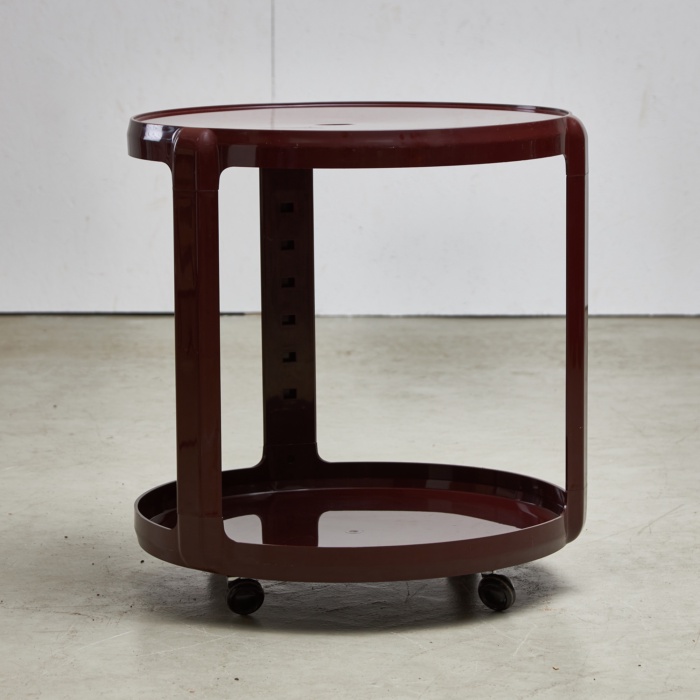
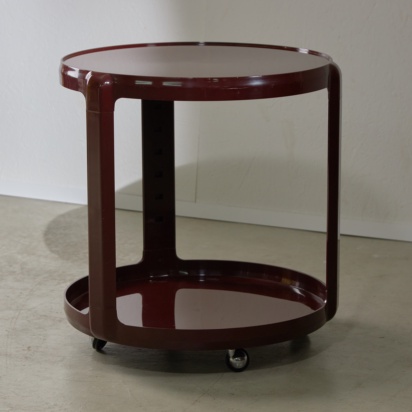
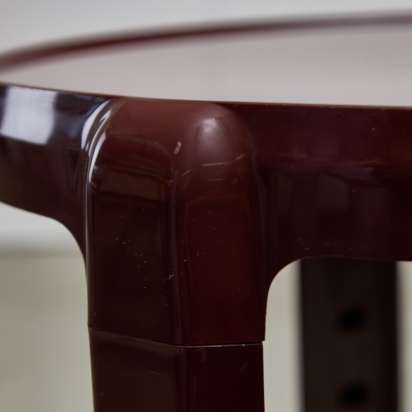
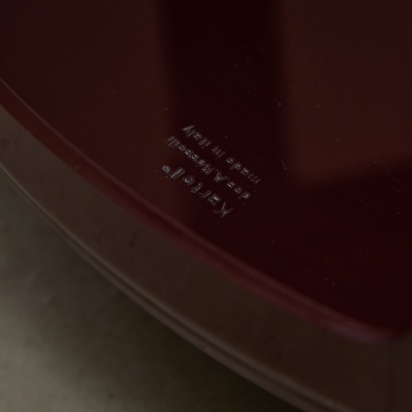


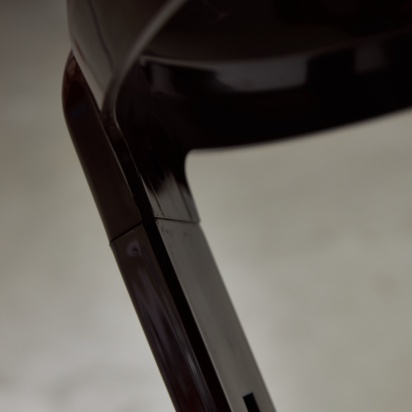

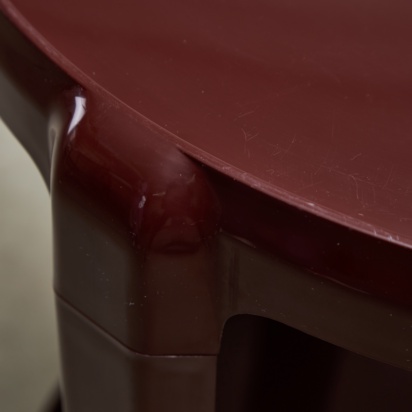
Designed by Alberto Rosselli for Kartell in the 1970s, this circular bar and serving cart captures the playful spirit and material innovation of Italian design during that era. Known for his forward-thinking work in industrial design and architecture, Rosselli brought a distinctly modern approach to everyday furnishings, and this piece reflects that sensibility with its bold form and practical elegance. The cart features a round two-tier structure with smooth, continuous lines and integrated handles, set on discreet casters for easy mobility. Its compact footprint and sculptural silhouette make it as much a visual statement as it is a functional serving solution — ideal for entertaining or as a mobile bar in modern interiors. Crafted from molded plastic, the cart reflects Kartell’s pioneering use of polymers in design, combining lightweight durability with a glossy, seamless finish. The piece remains fully functional and presents in good vintage condition, showing light wear and surface scratches consistent with age and use. Whether used in a living room, dining area, or studio, this cart brings a subtle retro edge and design credibility to the space. A smart and collectible example of 1970s Italian design from one of the era’s most progressive voices.

Alberto Rosselli completed his studies in architecture at the Polytechnic University of Milan in 1947, before founding Studio PFR in Milan in 1950 with Gio Ponti and Antonio Fornaroli. He saw his work during Italy's reconstruction period as a service to a new society: the furnishings he designed were intended to be modern, simple, and affordable. He first put these principles into practice with his kitchen design for a two-person household in 1951, which functionally adapted to the cramped living conditions of the time. He was interested in fostering dialogue between industry and design, which led him to establish a magazine titled Stile Industria in 1953. Until it merged with Domus magazine in 1963, it was one of the most significant platforms for contemporary design discussion.
Attribution (copyright), Wikipedia, [CC]